Table of content
Passion fruit, known for its vibrant color, tropical aroma, and tangy-sweet flavor, is a beloved ingredient in beverages, desserts, and savory dishes. However, its short shelf life often poses a challenge for home cooks, chefs, and fruit enthusiasts alike. This article explores science-backed methods, creative storage solutions, and practical advice to help you preserve passion fruit for weeks or even months, ensuring none of this exotic fruit goes to waste.
Understanding Passion Fruit: A Brief Overview
Before diving into preservation techniques, it’s essential to grasp why passion fruit spoils quickly. Native to South America, passion fruit (Passiflora edulis) thrives in tropical and subtropical climates. Its thick, waxy rind protects a gelatinous pulp filled with crunchy, edible seeds. The fruit’s high moisture content (around 70-80%) and natural sugars make it prone to rapid deterioration when exposed to heat, humidity, and air.
There are two primary varieties: purple passion fruit (Passiflora edulis var. edulis) and yellow passion fruit (Passiflora edulis var. flavicarpa). Purple varieties are smaller, sweeter, and more aromatic, while yellow ones are larger, slightly tart, and often used in juices. Both types share similar storage challenges, but their ripening rates may vary slightly.
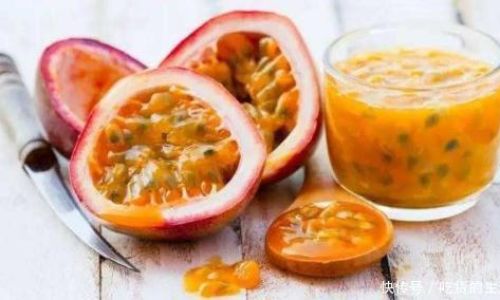
Factors Affecting Passion Fruit Longevity
- Ripeness at Harvest: Overripe fruit deteriorates faster. Harvest or purchase passion fruit when the rind is slightly wrinkled but not shriveled.
- Temperature: High temperatures accelerate ripening and microbial growth.
- Humidity: Excess moisture promotes mold and fungal growth.
- Oxygen Exposure: Oxidation degrades flavor and texture.
- Physical Damage: Bruises or cuts create entry points for pathogens.
Step-by-Step Guide to Prolonging Passion Fruit Shelf Life
Proper Selection and Handling
a. Choosing the Right Fruit
- Visual Cues: Opt for fruit with smooth, unblemished rinds. Avoid those with soft spots, mold, or cracks.
- Aroma Test: Ripe passion fruit emits a sweet, floral scent. Avoid odorless or overly fermented-smelling specimens.
- Weight Check: Heavier fruit indicates higher juice content.
b. Post-Purchase Care
- Do Not Wash Immediately: Moisture accelerates spoilage. Clean only before use.
- Sorting: Isolate damaged fruit to prevent cross-contamination.
Refrigeration: The Short-Term Solution
Refrigeration slows ripening by reducing enzymatic activity and microbial growth.
a. Whole Fruit Storage
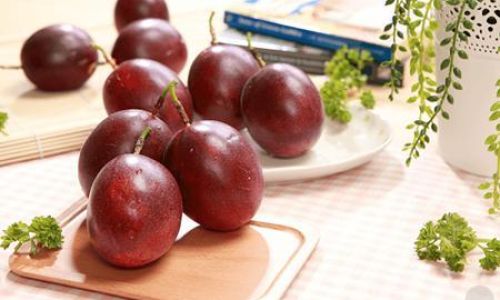
- Place unwashed passion fruit in a perforated plastic bag or a breathable container (e.g., mesh produce bag).
- Store in the crisper drawer at 40–45°F (4–7°C).
- Shelf Life: 10–14 days (purple) or 7–10 days (yellow).
b. Half-Cut Fruit Storage
- If you’ve sliced a passion fruit, coat the exposed pulp with lemon juice to prevent browning.
- Wrap tightly in plastic wrap or store in an airtight container.
- Shelf Life: 3–5 days.
Freezing: The Long-Term Strategy
Freezing halts microbial activity and enzymatic reactions, preserving flavor and nutrients for months.
a. Preparing for Freezing
-
Option 1: Whole Fruit
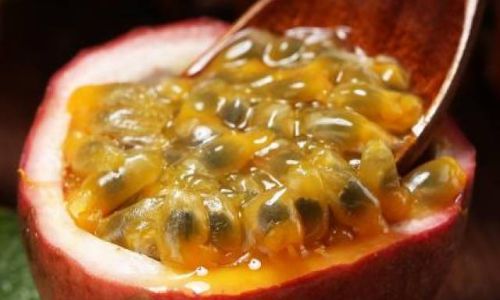
- Wash and dry thoroughly.
- Place in a single layer on a baking sheet.
- Freeze until solid (2–3 hours), then transfer to a freezer-safe bag.
- Shelf Life: 6–8 months.
-
Option 2: Pulp and Seeds
- Slice the fruit in half.
- Scoop out the pulp and seeds.
- Mix with 1–2 tablespoons of lemon juice per cup of pulp to prevent oxidation.
- Portion into ice cube trays or freezer-safe containers.
- Shelf Life: 10–12 months.
b. Thawing Tips
- Thaw in the refrigerator overnight or use frozen pulp directly in smoothies or sauces.
- Avoid microwaving, as it may alter texture.
Dehydration: Concentrating Flavor
Drying removes moisture, creating shelf-stable passion fruit leather or powder.
a. Making Passion Fruit Leather
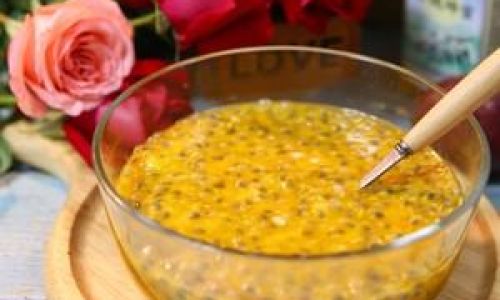
- Preheat oven to 140–160°F (60–70°C).
- Blend pulp with sugar (1:1 ratio) until smooth.
- Spread ¼-inch thick on a silicone mat.
- Dry for 6–8 hours until tacky but not sticky.
- Roll into parchment paper and store in an airtight container.
- Shelf Life: 6–8 months.
b. Creating Passion Fruit Powder
- Dehydrate pulp at 140°F (60°C) for 8–10 hours.
- Grind into a fine powder using a spice grinder.
- Store in a cool, dark place.
- Shelf Life: 1 year.
Preserving in Syrup or Alcohol
a. Syrup Preservation
- Boil equal parts sugar and water to make a simple syrup.
- Simmer passion fruit halves in syrup for 5 minutes.
- Cool and store in sterilized jars.
- Shelf Life: 1 year (refrigerated).
b. Alcohol Infusion
- Fill a jar with passion fruit pulp and cover with vodka or rum.
- Seal and store in a dark place for 4–6 weeks.
- Strain and use in cocktails or desserts.
- Shelf Life: Indefinite if stored properly.
Vacuum Sealing: Advanced Protection
Vacuum sealers remove oxygen, inhibiting aerobic bacteria and oxidation.
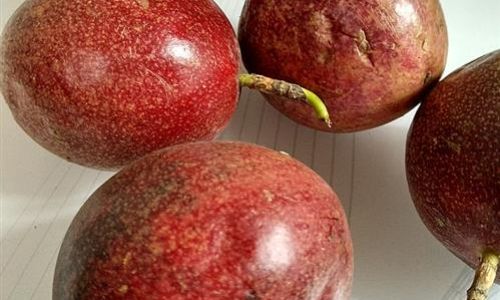
a. Whole Fruit Sealing
- Place unwashed fruit in vacuum-seal bags.
- Seal and store in the freezer or refrigerator.
- Shelf Life: 3–4 weeks (refrigerated) or 1 year (frozen).
b. Pulp Sealing
- Freeze pulp in ice cube trays, then vacuum-seal cubes.
- Shelf Life: 1.5 years.
Common Mistakes to Avoid
- Storing at Room Temperature: Passion fruit ripens quickly above 50°F (10°C).
- Overcrowding in Containers: Poor airflow accelerates spoilage.
- Using Dull Knives: Bruising the rind invites pathogens.
- Ignoring Mold: Even a small spot can spread rapidly.
Creative Ways to Use Stored Passion Fruit
- Frozen Pulp: Blend into smoothies, margaritas, or sorbets.
- Dehydrated Powder: Add to yogurt, oatmeal, or marinades.
- Syrup-Preserved Fruit: Layer in cakes or drizzle over ice cream.
- Alcohol Infusion: Craft unique cocktails like passion fruit martinis.
Conclusion
Preserving passion fruit requires a blend of science and creativity. By understanding the fruit’s biology and employing techniques like refrigeration, freezing, dehydration, and vacuum sealing, you can enjoy its tropical essence year-round. Experiment with these methods to find what suits your lifestyle best—whether you’re a home cook stocking up for seasonal recipes or a small business owner managing inventory. With proper care, passion fruit’s vibrant flavor can transcend time, bringing a taste of the tropics to every occasion.


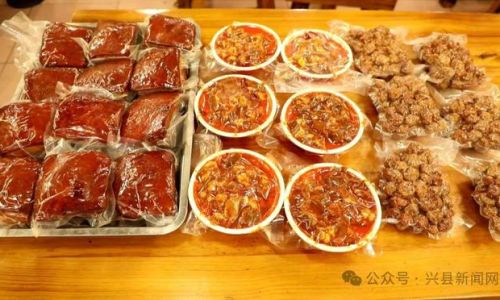
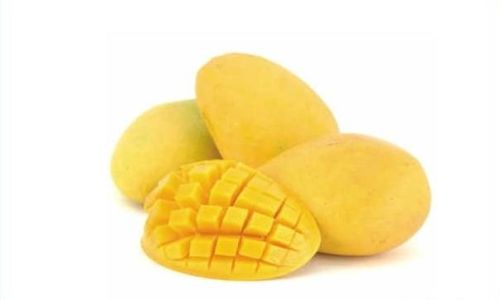


0 comments